What Curators Really Want to Read in Your Art Exhibition Text
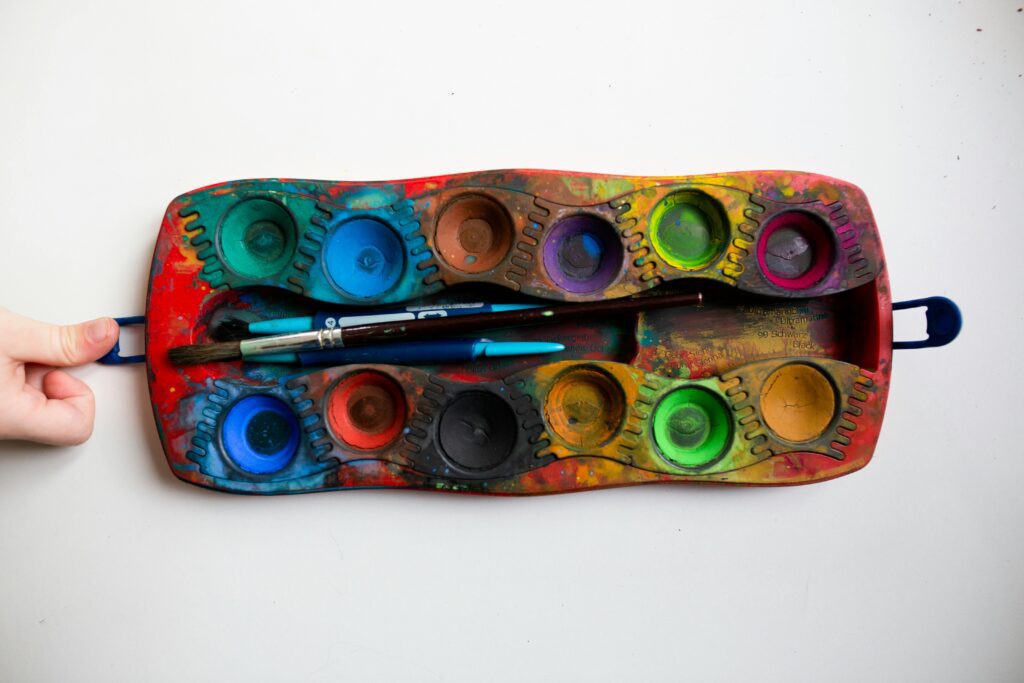
They say your work should speak for itself, but in reality, the words that accompany it often decide who actually listens. The exhibition text, that small paragraph on the wall, the label beside your piece, or the short description on a gallery website, carries far more weight than most artists imagine. It doesn’t just explain your work, it shapes how people approach it. Before a viewer has even looked long enough to feel something, those few lines have already told them how to see.
Think about it, two artists might create work of equal strength, but the one who can articulate their ideas clearly ends up sounding more intentional, more professional, more “ready.” That’s not coincidence, that’s communication. Exhibition texts frame perception, set the tone, and help people connect dots they might not otherwise see. They don’t replace your art, they help it land.
And no, this isn’t about academic jargon or pretentious phrasing. The best exhibition texts feel human. They sound like clarity, not confusion. They show that you understand your own practice — what drives it, what it explores, and why it matters right now. When you write with that kind of honesty, your words start doing what your work already does: invite people in.
Most artists either dread or avoid this step. They write something too vague, too self-conscious, or so dense that even they can’t explain it later. But learning to write exhibition texts that sound like you — confident, grounded, specific, can transform how people experience your art. It becomes less of a caption and more of a bridge.
So if you’ve ever felt paralyzed in front of that “artist statement” box, you’re not the only one. Writing about your work doesn’t mean becoming a writer. It just means finding words that match your visual rhythm, that carry your ideas with the same authenticity your colors or materials already do.
Because in the end, your art deserves a voice outside the canvas too — and the right exhibition text can make sure it’s heard in the way you always meant it to be.

Your Text is a Conversation Starter, Not a Lecture
Here’s the thing most artists forget , your exhibition text isn’t a dissertation, it’s an introduction. Think of it like the first few minutes of a really good conversation. You don’t need to explain everything, you just need to make people curious enough to keep looking. The best texts don’t shout; they lean in and say, “come closer.”
When you approach it that way, the pressure eases. You stop trying to sound impressive and start focusing on sounding real. What’s the core feeling behind your work? What are you hoping people will notice first? Those are the starting points that matter far more than fancy phrasing.
If you’re unsure, read your text out loud. Would you actually say it that way to someone at your opening night? If not, it’s probably too stiff. The goal isn’t to sound like a critic, it’s to sound like an artist who understands their own story.
Think of your words as the bridge between your world and the viewer’s. You’re not writing for approval, you’re inviting connection. That small shift in mindset can completely change how people read your work.
And once you see your exhibition text as an open door instead of a test, writing it starts to feel less like a chore and more like part of your practice , another layer of how you communicate your vision.
Ditch the Art Jargon and Keep It Simple
You know that moment when you read something so packed with buzzwords that you forget what it even means? That’s what happens when artists overcompensate with language. Terms like “juxtaposition,” “exploration of,” or “challenging the notion of” might sound professional, but they rarely sound human.
People remember clarity. They remember honesty. If your work is about memory, say that. If it’s about chaos, say that. If it’s about your grandmother’s kitchen tiles, say that. Specificity doesn’t make your work smaller, it makes it real.
When you use plain language, your reader doesn’t feel lost, they feel included. And inclusion builds trust, which is exactly what you want when someone encounters your work for the first time.
It’s perfectly fine if your ideas are complex. Just don’t bury them under words that sound like you swallowed an art dictionary. Say what you mean in the simplest way possible, and your work will shine on its own.
The beauty of art is that it lives in translation , from thought to form, from form to feeling, and finally from words to understanding. Keep that chain strong by keeping your language clear.
Don’t Explain the Work, Reveal the Thinking
There’s a difference between describing your art and unpacking it. Many artists make the mistake of using their exhibition text to narrate what’s already visible , “this painting shows a woman in a red dress” , instead of revealing what we can’t see, the thought behind it.
A strong text gives context, not captions. It’s your chance to tell us why the red dress mattered, not just that it’s there. What pulled you toward that image? What questions were you trying to answer? That’s the layer that transforms your words into insight instead of repetition.
You don’t owe anyone a step-by-step explanation of your process. In fact, the mystery often works in your favor. But offering a glimpse into the questions that drive you helps people see the depth behind your choices.
If you find it hard to articulate that “why,” talk it out first. Pretend you’re explaining your work to a genuinely curious friend, not judging. Record yourself and listen back , you’ll often find the most powerful phrasing comes from those casual, unfiltered moments.
Remember, your goal isn’t to prove you’re profound. It’s to show that your work comes from somewhere intentional, somewhere deeply felt. That’s what readers connect to.
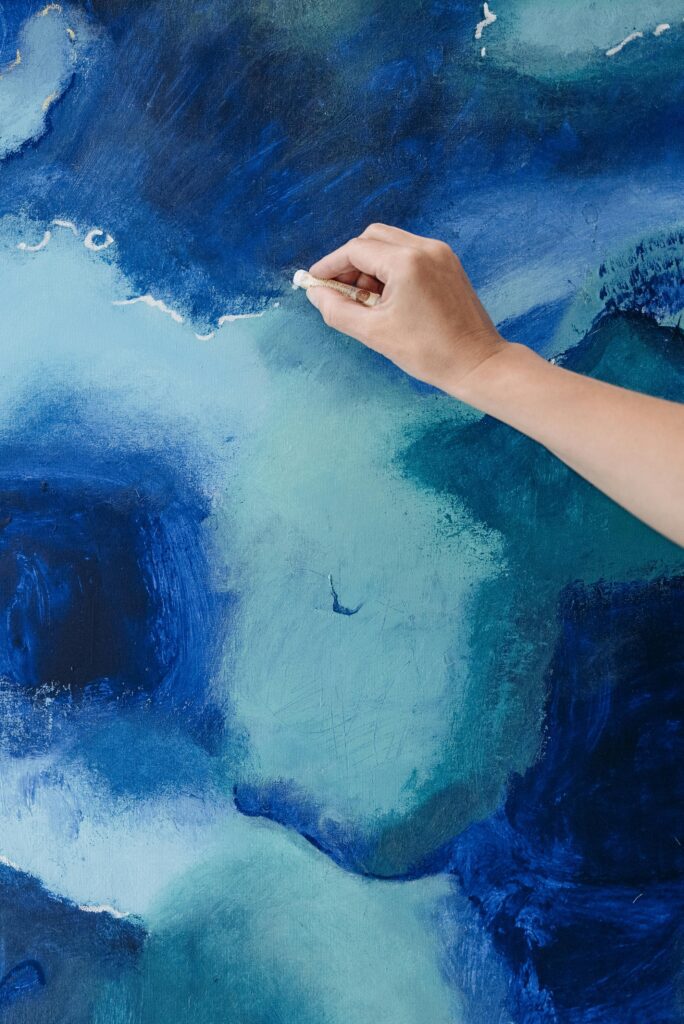
Write for the People Standing in Front of Your Work
Picture this: someone walks into the gallery, stands in front of your piece, and glances at the text beside it. They have about 20 seconds before they move on. That’s how long you have to draw them in.
Your exhibition text isn’t meant to be read at a desk with a cup of coffee; it’s read on tired legs, under gallery lighting, often between 20 other artworks. Keep that in mind when you write. Short paragraphs. Clean sentences. Just enough to open a door into your world without overwhelming them.
The best texts feel alive , you can almost hear the artist behind them. They sound conversational, like someone who’s thought deeply about their work but still remembers what it means to feel something.
If you can make someone stop and reread a line because it hit something familiar in them, you’ve done your job. The point isn’t to be understood completely; it’s to make someone want to understand more.
So write for the visitor who’s meeting your art for the first time, not the critic who’s seen a hundred shows this week. Authenticity wins attention every single time.
Confidence Sounds Like Clarity, Not Perfection
You don’t have to sound certain to sound confident. In fact, the artists who come across as the most self-assured are often the ones who can admit that their work is still evolving. Confidence in writing isn’t about having all the answers, it’s about owning your questions.
Write with steadiness, not with performance. If you say “this series explores,” make sure you actually know what it’s exploring and why. If you’re unsure, say so , “I’m still discovering how these forms relate to memory.” That kind of honesty draws people in far more than vague certainty ever could.
Readers can sense when you’re trying too hard to impress. They can also sense when you’re genuinely grounded in your process. One invites distance; the other invites trust.
Your exhibition text is a snapshot of where you are right now, not a manifesto carved in stone. You can always refine it later. What matters is that it reflects you , your tone, your pace, your truth.
So let go of trying to sound “professional.” Sound like someone who knows themselves, someone who’s growing, someone who’s present in their work. That’s the kind of voice people remember.
Let Your Words Evolve With Your Practice
Your first artist statement or exhibition text isn’t supposed to be perfect. It’s supposed to be a starting point. As your work changes, so should the way you talk about it. The language that fits your early experiments might not fit your new series , and that’s not failure, that’s growth.
Treat your text like a living document. Revisit it every few months, even if you don’t have an upcoming show. Ask yourself: does this still feel true? Does it still sound like me? Sometimes you’ll only need to tweak a sentence or two; other times, you’ll realize you’ve completely outgrown it.
Updating your language keeps your presentation fresh and shows that you’re engaged with your evolution as an artist. It tells curators and collectors that you’re not just repeating yourself, you’re thinking, refining, moving forward.
It also takes pressure off. You don’t need to write the “perfect” exhibition text today. You just need to write the one that feels most honest for where you are right now.
Art is a process, and so is the language that surrounds it. When both evolve together, your audience can feel that authenticity , and that’s what turns words into resonance.
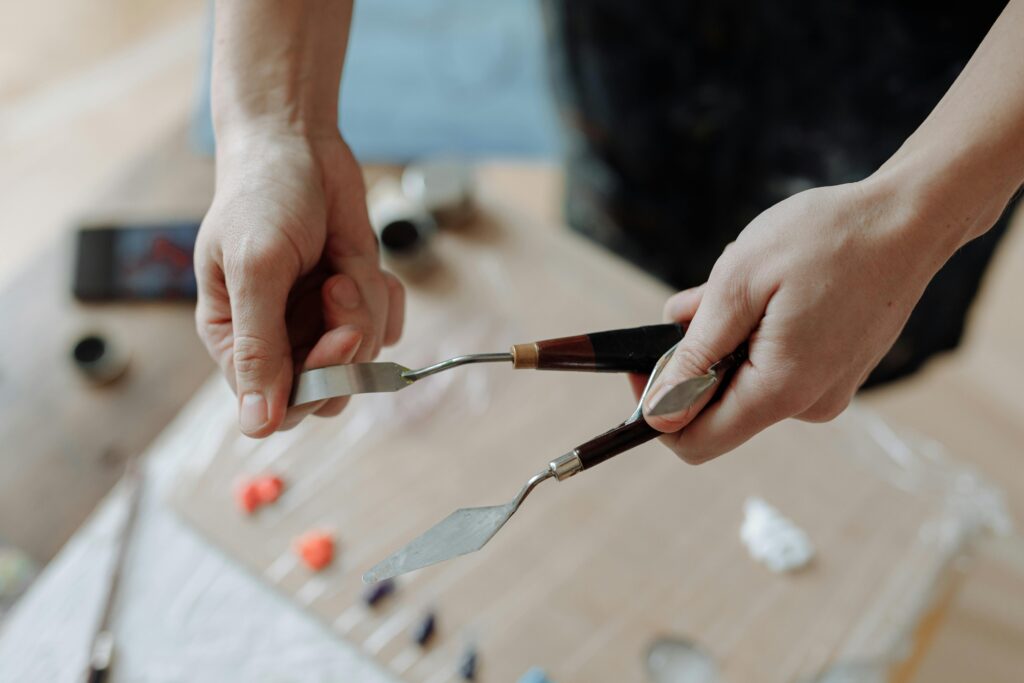
Find Your Voice Through Your Process
You know how every brushstroke or sketch carries a bit of your rhythm? Your writing should too. The way you speak, pause, and phrase things in real life , that’s where your writing voice lives. You don’t have to mimic academic tone or follow the gallery’s phrasing template. If your sentences sound like you, they’re already doing their job.
Start small. Record yourself describing a piece to a friend or even to your phone. Listen to the phrases that come naturally , those are gold. That’s your rhythm, your tone, your voice before editing turns it into something generic.
When you write your exhibition text, keep a bit of that looseness. Let a sentence breathe the way your brushstrokes do. Perfect grammar is overrated if it strips away your personality. The goal isn’t to sound polished, it’s to sound true.
Some of the best exhibition texts feel like conversations overheard in the studio. They’re not flawless, but they’re alive. And readers pick up on that energy immediately.
Over time, you’ll realize your writing voice evolves alongside your art. It’ll deepen, sharpen, maybe even surprise you , but it’ll always sound like you. That’s the real power of owning your process, both visually and verbally.
Treat Feedback Like Collaboration, Not Criticism
Sharing your text for feedback can feel scarier than hanging the artwork itself. But getting other eyes on your words can help you see what you’ve missed , not because they know better, but because they see differently.
Ask a mix of people to read it: an artist peer, a non-artist friend, maybe even someone who doesn’t usually go to galleries. See where they pause, where they get curious, and where they get confused. That tells you a lot more than generic compliments ever will.
The trick is not to defend every word. Listen. Ask questions. Sometimes, one small change in phrasing can make your text ten times clearer. Sometimes, you’ll realize the issue isn’t the writing at all, but how you’re framing your ideas.
And remember, you’re still the author. Feedback is a conversation, not a command. Take what helps, leave what doesn’t. The goal is to communicate your truth more effectively, not to please everyone.
Once you start seeing feedback as part of your creative process, it becomes lighter. It’s no longer about approval, it’s about refinement , just like revising a painting before calling it finished.
Align Your Text with the Exhibition’s Mood
Your writing doesn’t exist in a vacuum , it’s part of the show’s atmosphere. The tone of your text should feel like an extension of the space, not a detached essay floating beside it.
If your work is raw and emotional, let your text reflect that honesty. If your show is minimalist and quiet, make your words feel spacious and considered. The goal is for viewers to feel the same emotional current in your text that they feel when they look at your work.
This doesn’t mean being overly literal. You’re not matching words to colors or describing textures. You’re aligning the tone. Think of your text as the soundscape of your exhibition , it should hum in the same key.
When you nail that alignment, something magical happens. People start reading your text as part of the art itself, not as an explanation but as an experience.
It’s a subtle shift, but one that builds real critical authority. It shows that you’ve thought through every layer of how your work lives in the world.
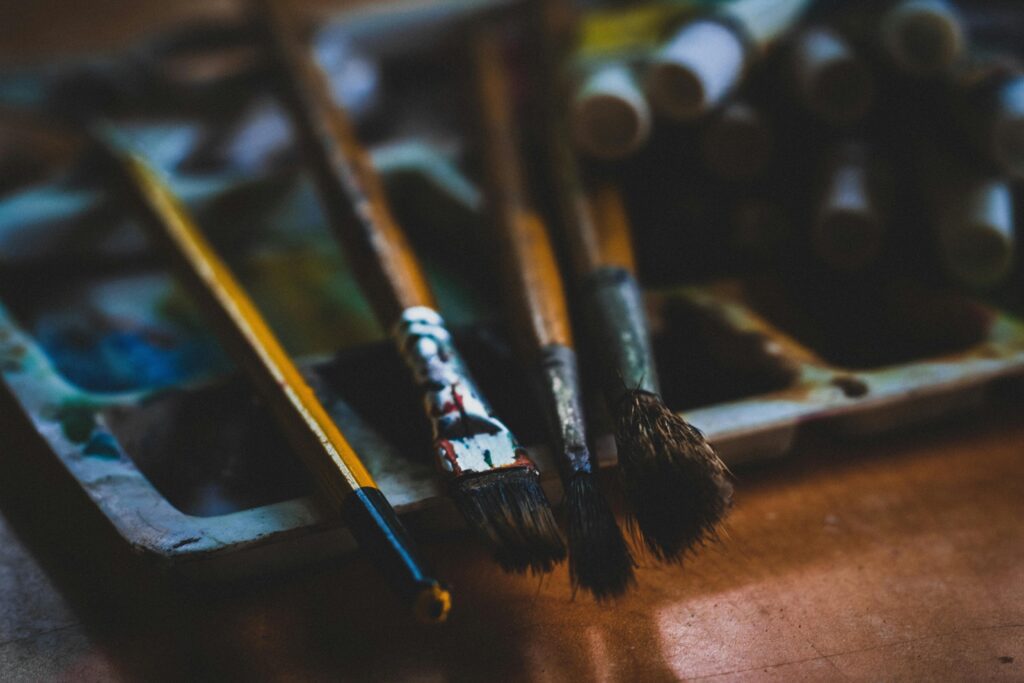
Use References Sparingly, But Intentionally
Dropping names like Louise Bourgeois or Rothko won’t automatically make your writing sound deeper. What matters isn’t who you reference, but why you reference them.
If another artist, writer, or movement genuinely informs your process, include it. But give it context. Tell us what part of their thinking or approach resonates with you. Avoid vague comparisons like “inspired by the Impressionists” and go for specifics: “I’ve always been drawn to how Monet painted changing light, not for the color but for the fleetingness of it.”
That level of detail gives the reader something to hold onto , it shows that you’re engaging with art history or theory thoughtfully, not performing knowledge for validation.
You can even reference things outside art: music, architecture, or moments from daily life that seep into your work. Those personal connections often reveal more than a list of canonical influences ever could.
In short, references should anchor your ideas, not weigh them down. The best ones feel like conversations across time, not citations for a research paper.
Turn Your Text Into a Tool for Future Opportunities
Your exhibition text doesn’t have to live and die with the show. With a few tweaks, it can become part of your professional toolkit , for grant applications, proposals, portfolio bios, or even press releases.
That’s why clarity and authenticity matter so much. A well-written exhibition text can serve as the foundation for multiple forms of communication. It helps curators, writers, and collectors understand your vision without needing a translator.
When you start viewing it as a multi-purpose asset, you’ll put a little more care into shaping it. You’ll think beyond “this exhibition” and toward your overall narrative as an artist.
Over time, you’ll have a collection of texts that track your evolution , a living archive of how your ideas have grown. That’s incredibly powerful when you’re applying for opportunities or building your website.
Writing might not feel like your medium, but when you treat your words as extensions of your art, they start opening doors that your paintings or installations alone can’t.
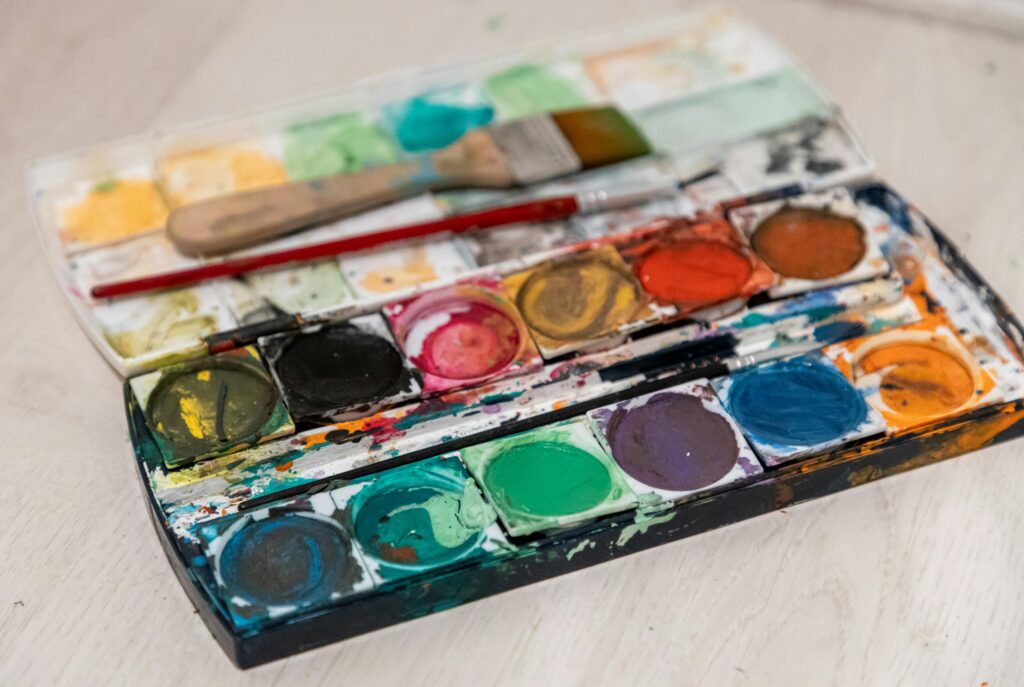
Leave Room for Mystery
Not everything needs to be spelled out. In fact, some of the strongest exhibition texts end with a question rather than a conclusion. That lingering curiosity invites viewers to engage instead of simply consume.
When you explain too much, you rob the audience of discovery. When you hold just enough back, you invite participation. It’s the same tension that makes great art , what’s shown versus what’s left unsaid.
So once you’ve said what you need to, stop. Let your final sentence breathe. Let it trail slightly open-ended, like an unfinished thought that encourages someone to turn back to the work.
People remember texts that make them think, not ones that tell them what to think. Give your audience the dignity of their own interpretation.
